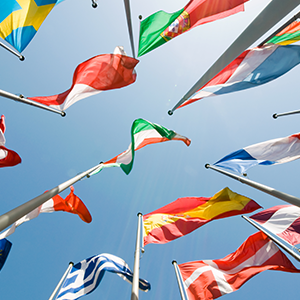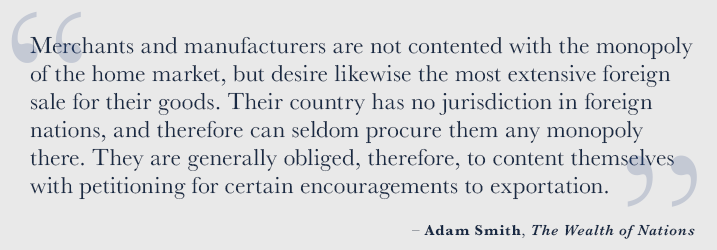More news on the US trade remedies front.
Steel (25%) and aluminum (10%) duties under Section 232 that were initiated on National Security grounds, appear to be even more onerous as the Trump administration has announced that products targeted for Section 232 advanced duties will lose the benefit of GSP trade preference.
There is great concern that other free trade programs may be similarly affected on Section 232 products.
Expect supply chain disruptions, higher costs, and litigation.







